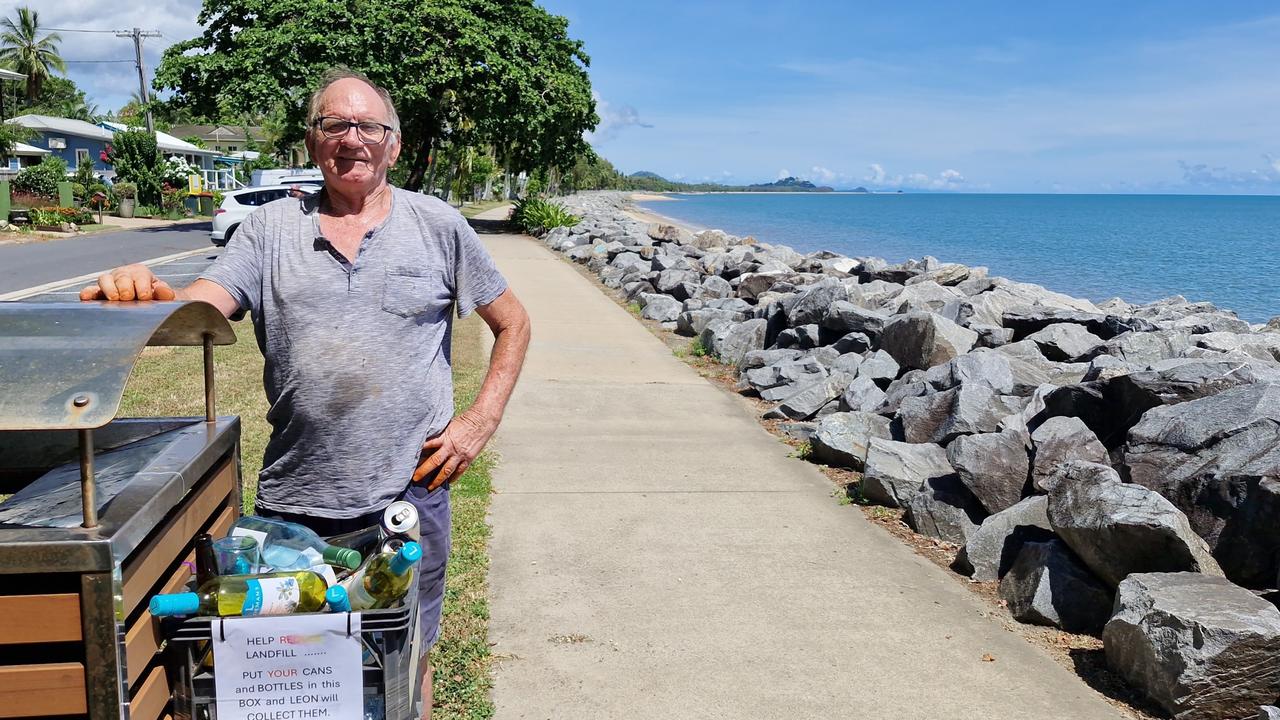Why Cairns must build more units to achieve ambitious population targets
Cairns must build upwards as there’s little room to grow outwards if the city is to double its population by 2050, a leading urban planning academic says.
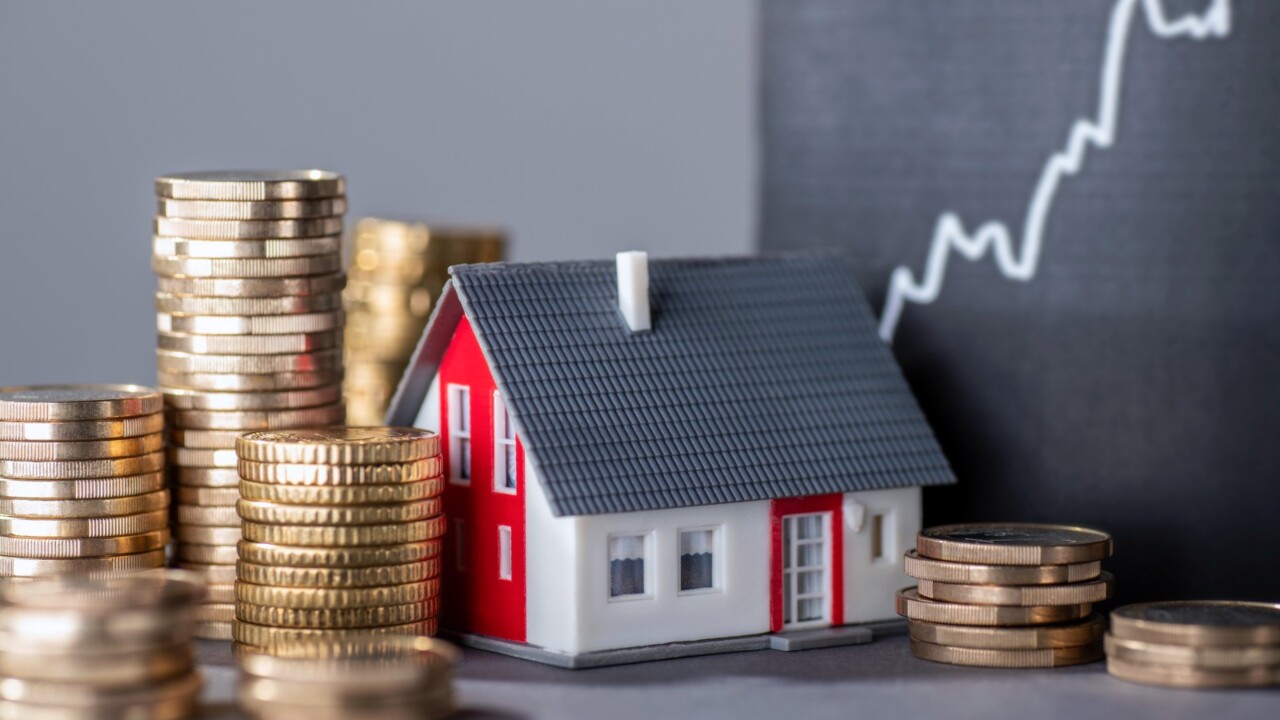
Cairns
Don't miss out on the headlines from Cairns. Followed categories will be added to My News.
Cairns must build upwards as there’s little room to grow outwards if the city is to double its population by 2050, a leading urban planning academic says.
The city’s population is expected to grow to 241,000 by the century’s midway point, state government data predicts, but Advance Cairns has estimated that number to be more than 300,000 with tourists and short-term visitors included.
Professor Lisa Law, chair of JCU’s Tropical Design and Urbanism Lab, says the Cairns region faces a major challenge in providing the housing needed to propel the city’s growth and position as the Gateway to the Pacific.
“What does it mean to be a little more dense in Cairns, but still look like Cairns?” she said.
“If we double our population, does it look like southeast Queensland? Does it look like Canberra or should it look like Singapore?
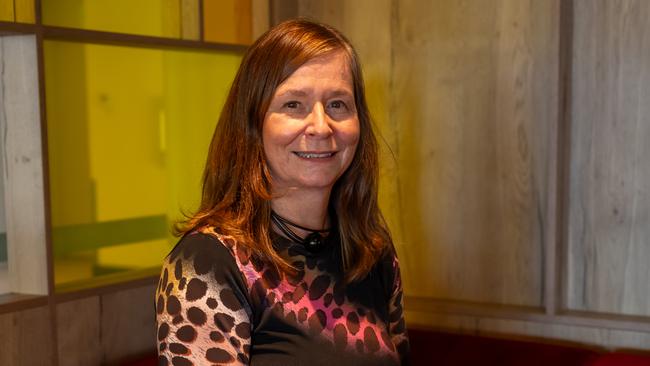
“There’s a sense here that we don’t want to be the Gold Coast, those big towers by the ocean and I don’t advocate tall buildings right on the edge because they’re going to block the breezes for the suburbs behind them … that’s a big issue with a warming climate.
“We are this really long linear city and because we’re flood-prone, we’ve got hills, slopes that are going to slip, we only have this really tiny footprint to build on that’s safe.
“If we’re going to double our population, it means we have to go up.”
Professor Law said there were some good examples of tropical design in the city, pointing to the Crystalbrook hotel trio and the Esplanade Dining Precinct, which all feature airy open spaces with indoor greenery.
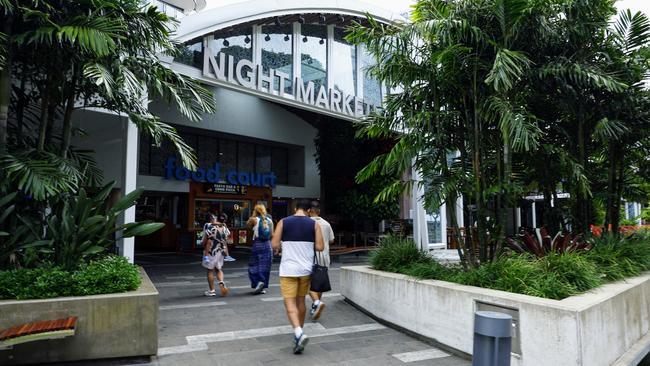
However it's the suburbs that are lacking, she said, with subdivisions tending to favour single-storey four-bedroom homes.
Professor Law believes there’s a lack of appetite among developers to build higher-density housing, describing a recent proposal in Mt Peter to build 700 single-storey homes as an example of the type of developments Cairns needs to shift away from.
“That’s a bad outcome for everybody,” she said.
“You’re designing into the future – if you build that subdivision, you’re determining that all of those people have to have cars, that all of those people use airconditioning.
“And if you look at the demography and the population of the northern beaches, we don’t really need four-bedroom houses. We probably need two-bedroom units and then more students could live at JCU.
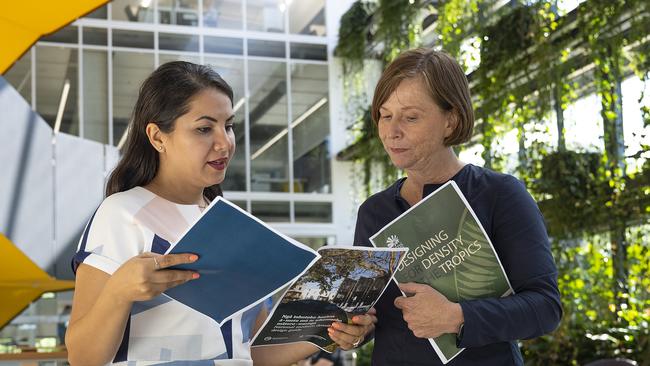
Professor Law said she had a “very talented master’s student” who came to Cairns, couldn’t find adequate housing, and had to move back to New Zealand to do his studies remotely.
“I actually think Cairns people do want to live in units, it’s just the developers aren’t coming to the party,” she said.
More housing was key to attracting new industries and opportunities to position Cairns as an important city both nationally and in the Asia-Pacific region, Professor Law said.
“It’s sometimes said we’re 20,000 people away from a new industry,” she said.
“Once you have more people you can diversify the economy in new ways … if we had more people then maybe we could do all sorts of interesting things in the green economy.
“It will depend on that political will of Amy Eden and her councillors, what is their vision and are our politicians willing to make the difficult decisions?”
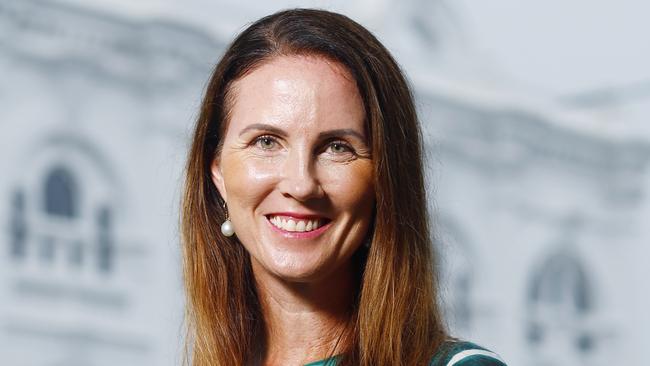
Cairns Regional Council Mayor Amy Eden said she wanted to see Cairns become “a thriving, connected and economically important regional city”.
“It needs to be a city that is safe and welcoming for locals, tourists and students, and attracts new residents, businesses and events, and that offers opportunities for active lifestyles and healthy ageing,” she said.
“For the city to reach its potential, we need to be planning now for the needs of tomorrow.
“To facilitate sustainable and balanced development, Council is progressing the Towards 2050: Shaping Cairns Growth Strategy.
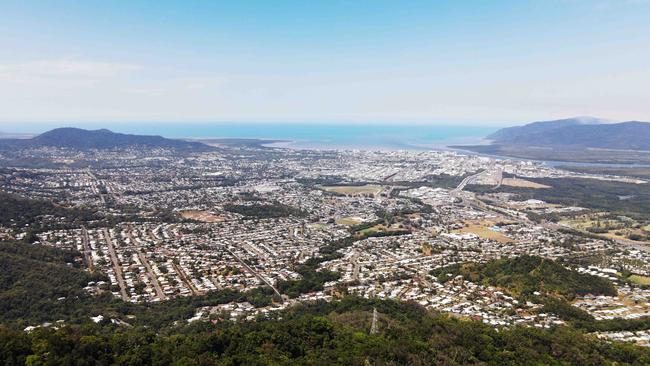
“And as part of the process, there needs to be meaningful engagement, reviews and a willingness by us all that to accept where things may need to change.”
Ms Eden said the strategy aimed to strike the right balance between the need to accommodate growth and preserving the character of Cairns.
“There are challenges, such as climate resilience, the impacts of natural hazards, housing choice, diversity and affordability, protecting neighbourhood character and scenic amenity, and future employment opportunities,” she said.
“We also have to secure the city’s drinking water, which is a necessity if our city is to thrive and grow.”
More Coverage
Originally published as Why Cairns must build more units to achieve ambitious population targets




